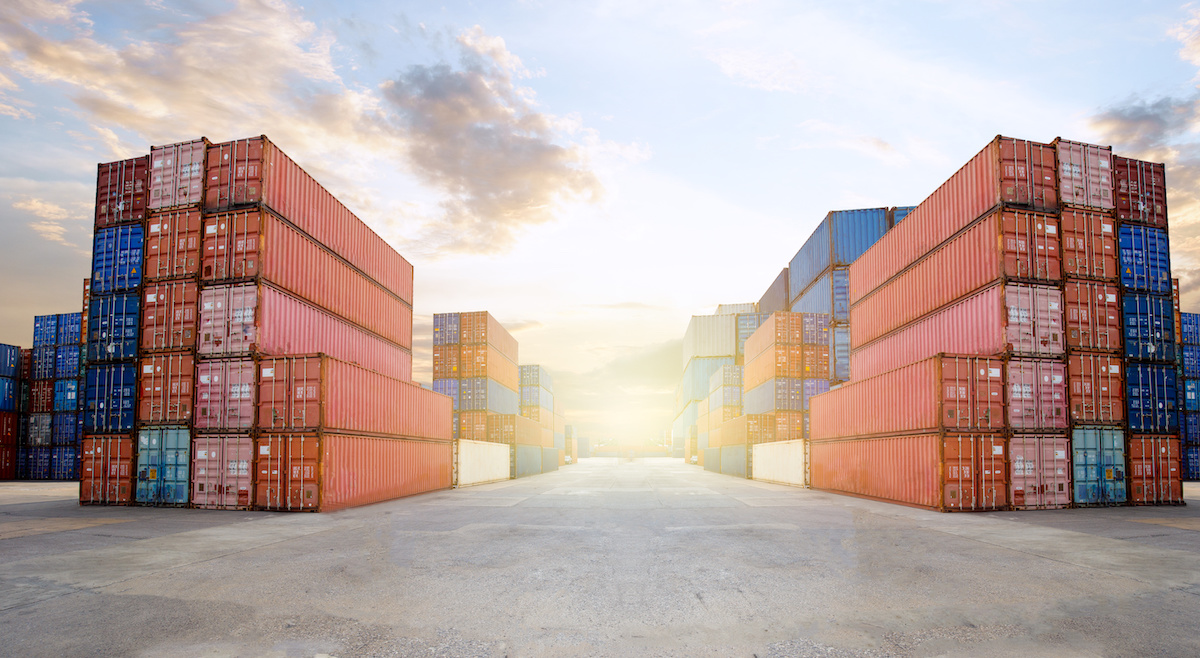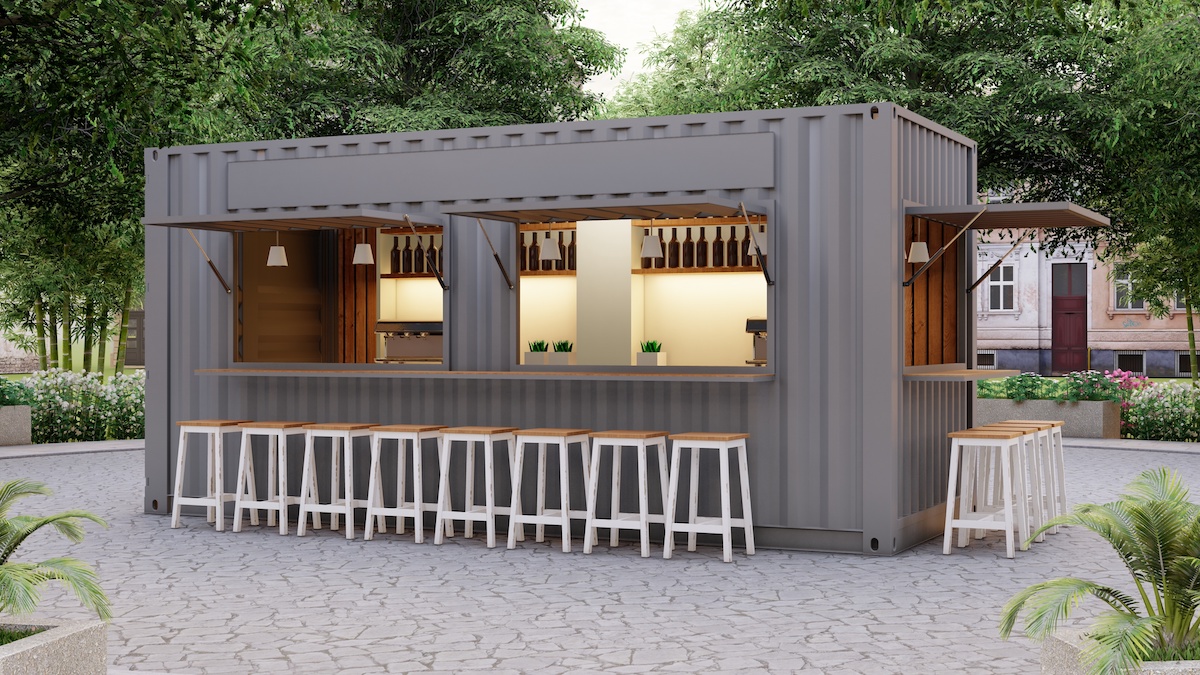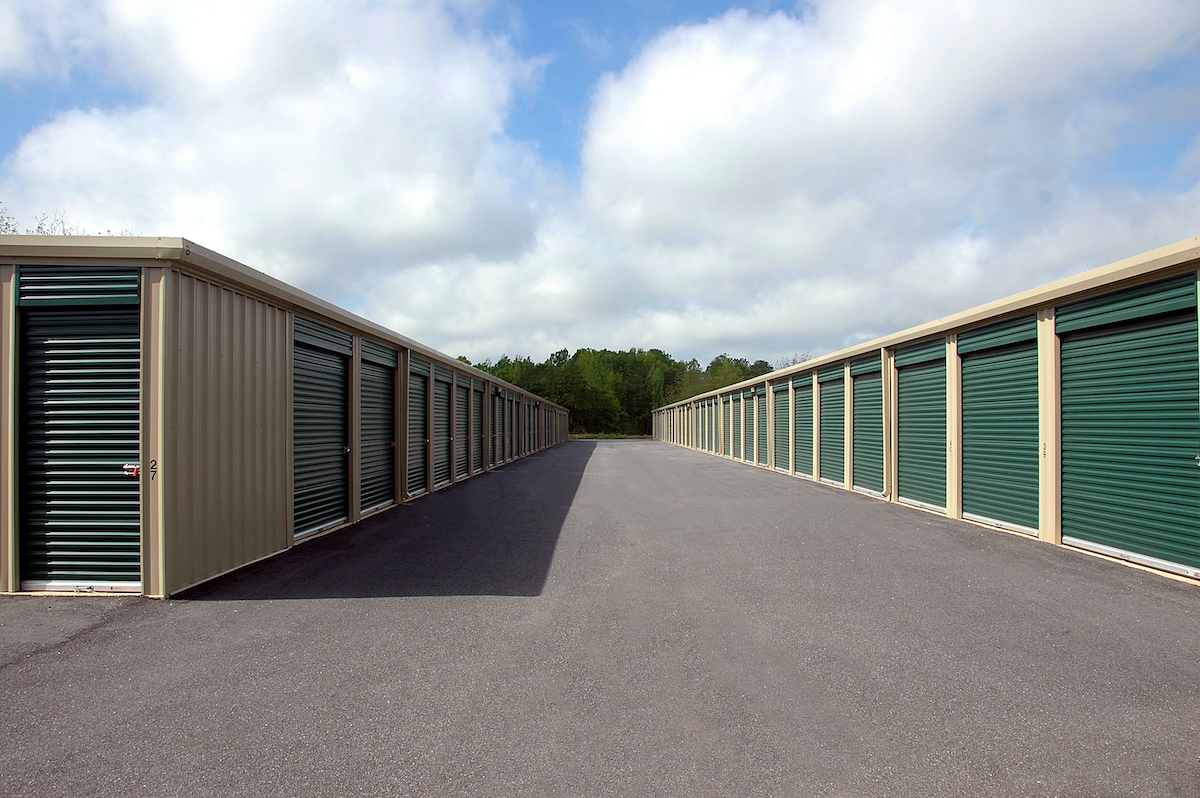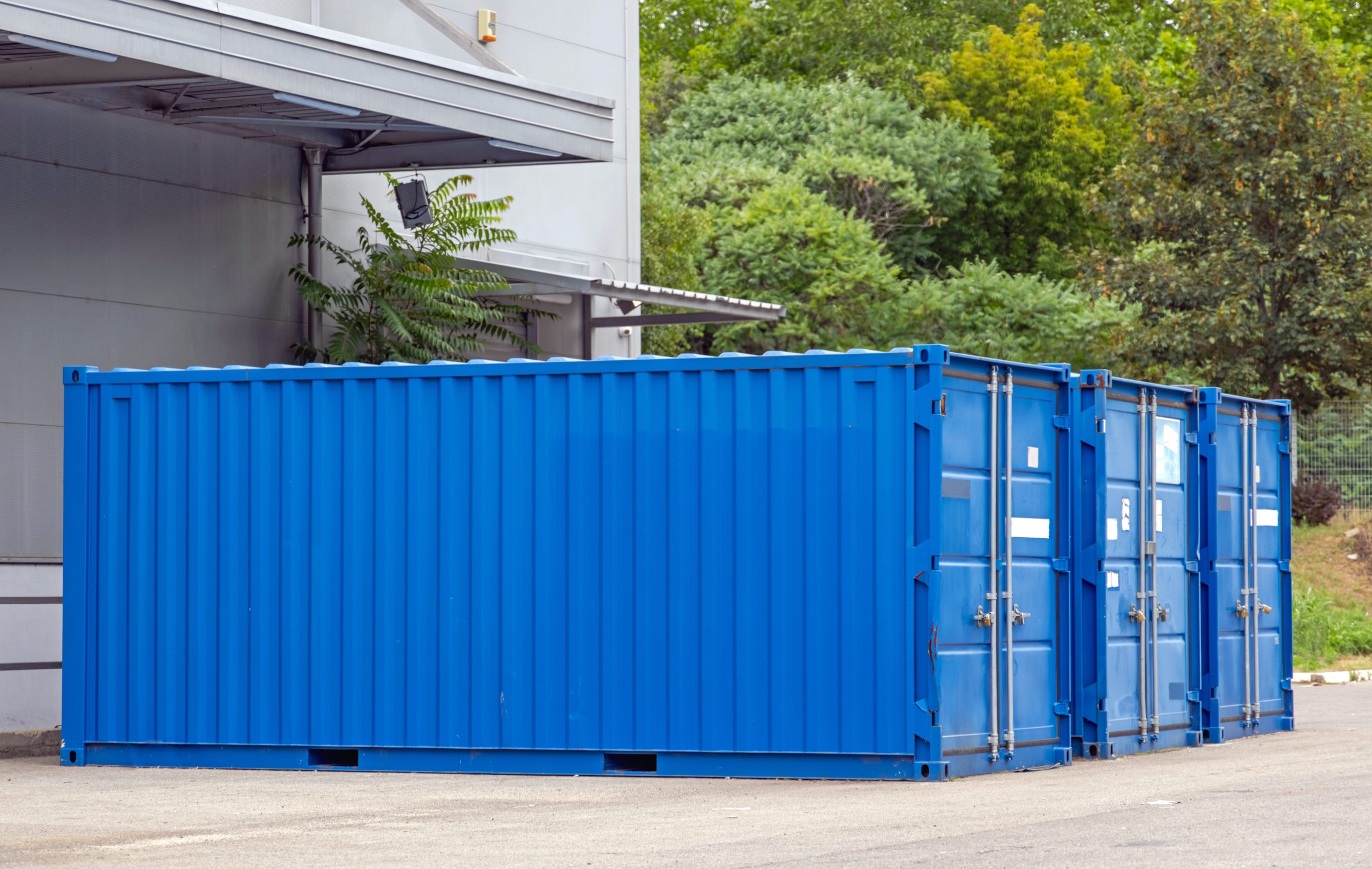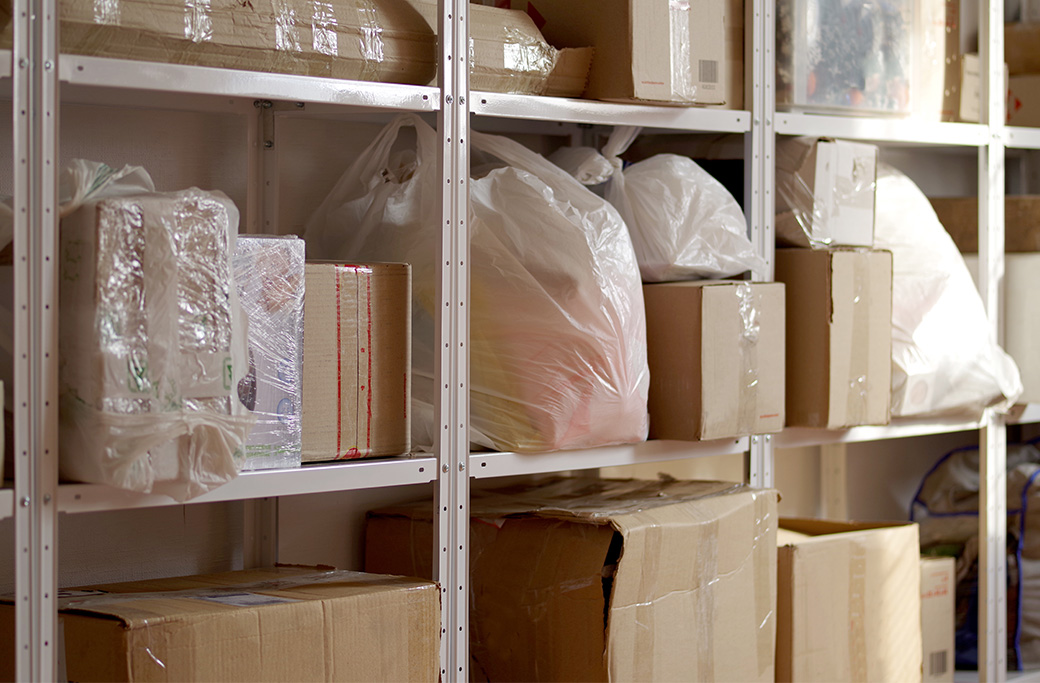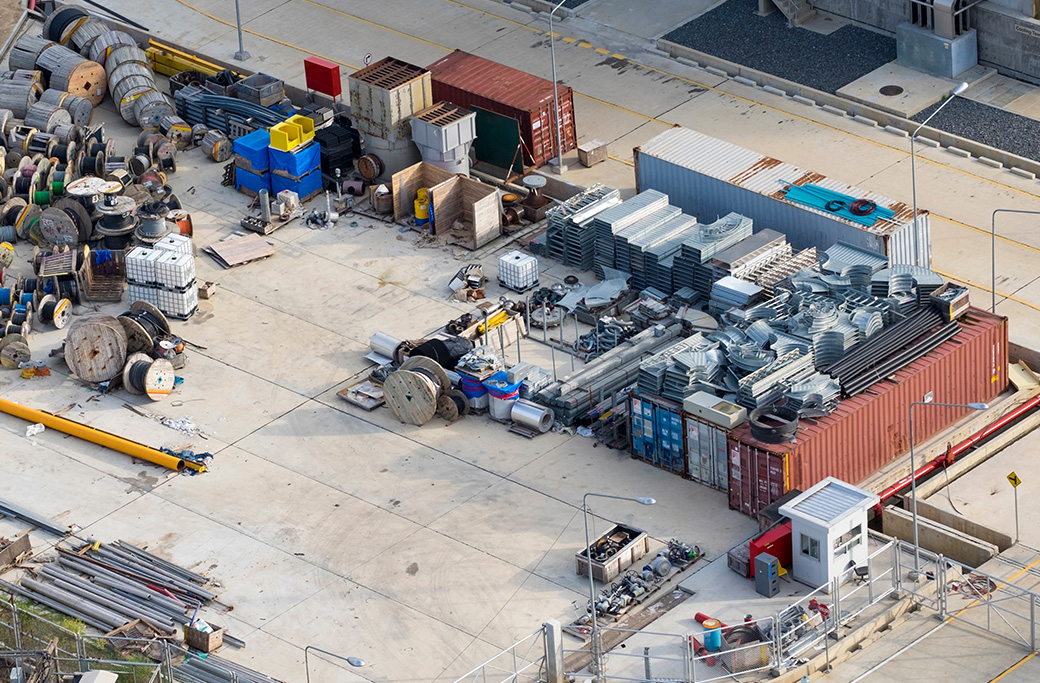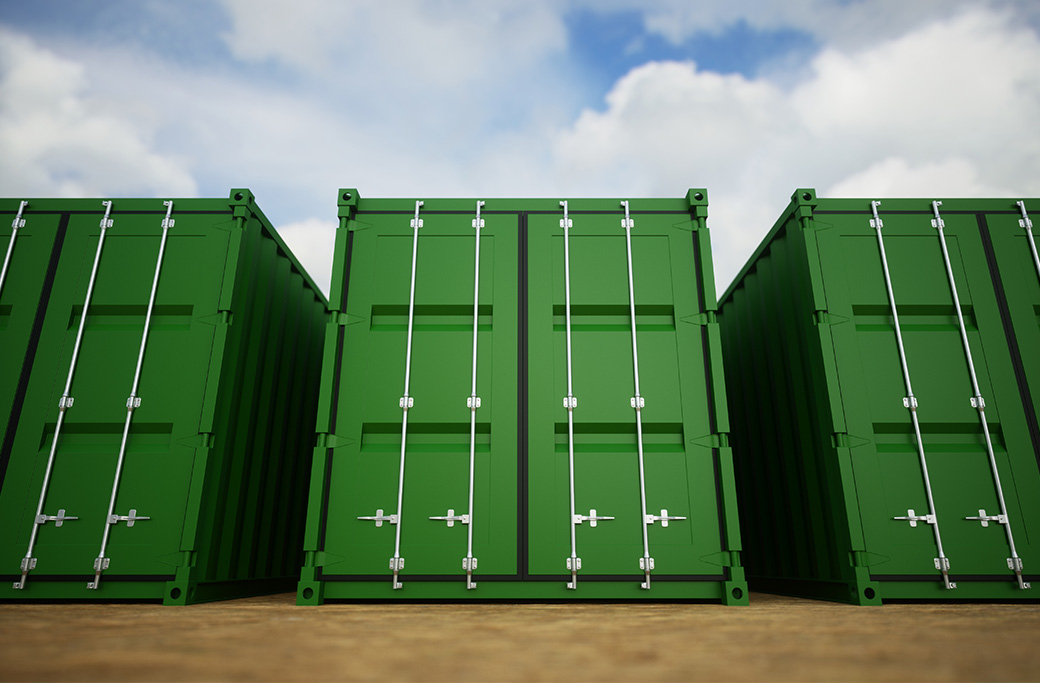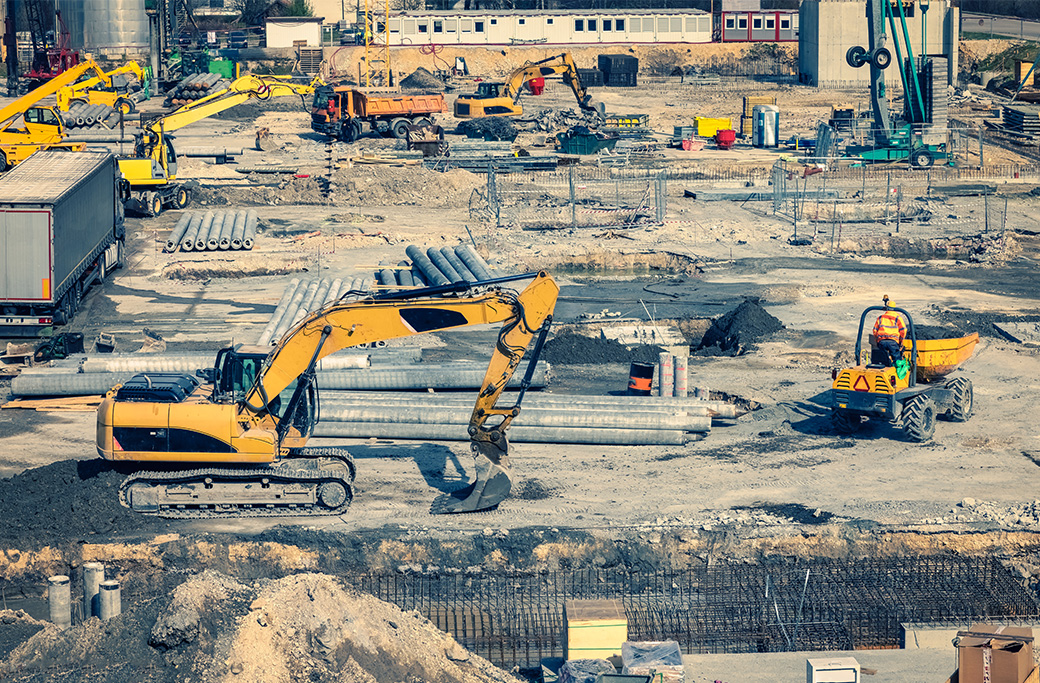Shipping containers have revolutionized the world of logistics. These corrugated steel structures have transformed the way goods are shipped across the world. They have made transportation efficient, fast, and cost-effective. Most people only see them as mere storage units, but they are surprisingly complex structures.
The first step in the production of a shipping container is the creation of the steel sheets. These sheets are created from giant rolls of steel, which are fed into a corrugating machine. The corrugator has a series of rollers that shape the steel sheets into a wave-like pattern. This pattern is essential as it gives the steel sheets the strength to withstand the weight of other containers stacked on top of them.
Once the steel sheets have been corrugated, they are cut into the right size for container production. The sheets used for container walls are usually 2.5mm thick, while the roof and base are 3mm thick. The sheets are then sent through a cleaning and drying machine to remove any dirt or oil that may have accumulated during the production process.
The next step is welding. The steel sheets are welded together to form a rectangular box, which serves as the frame of the container. The corrugated walls are welded onto the frame using a combination of arc welding and spot welding. After the walls have been attached to the frame, the doors, roof, and floor are added. The roof is made by welding several steel sheets together, and the floor is made from three layers of sheet steel. The doors are installed with a locking mechanism to ensure the goods are secure in transit.
After the container has been assembled, it undergoes a rigorous inspection process. The inspection involves checking the container’s dimensions, welds, and any damages that may have occurred during production. The container must meet strict quality standards to guarantee its strength and durability during transport.
Upon passing the inspection, the containers are painted with a marine-grade coating to keep them rust-free during shipment. The containers are then given a unique identification number and shipped out to their destination.
The production of a shipping container is a complex and detailed process, requiring the right equipment, skilled workers, and strict quality standards. Shipping containers have revolutionized the world of logistics, and their design and construction play a crucial role in ensuring goods arrive at their destination safely and efficiently. Understanding the intricate details of how a shipping container is made is essential for anyone in the logistics industry.

